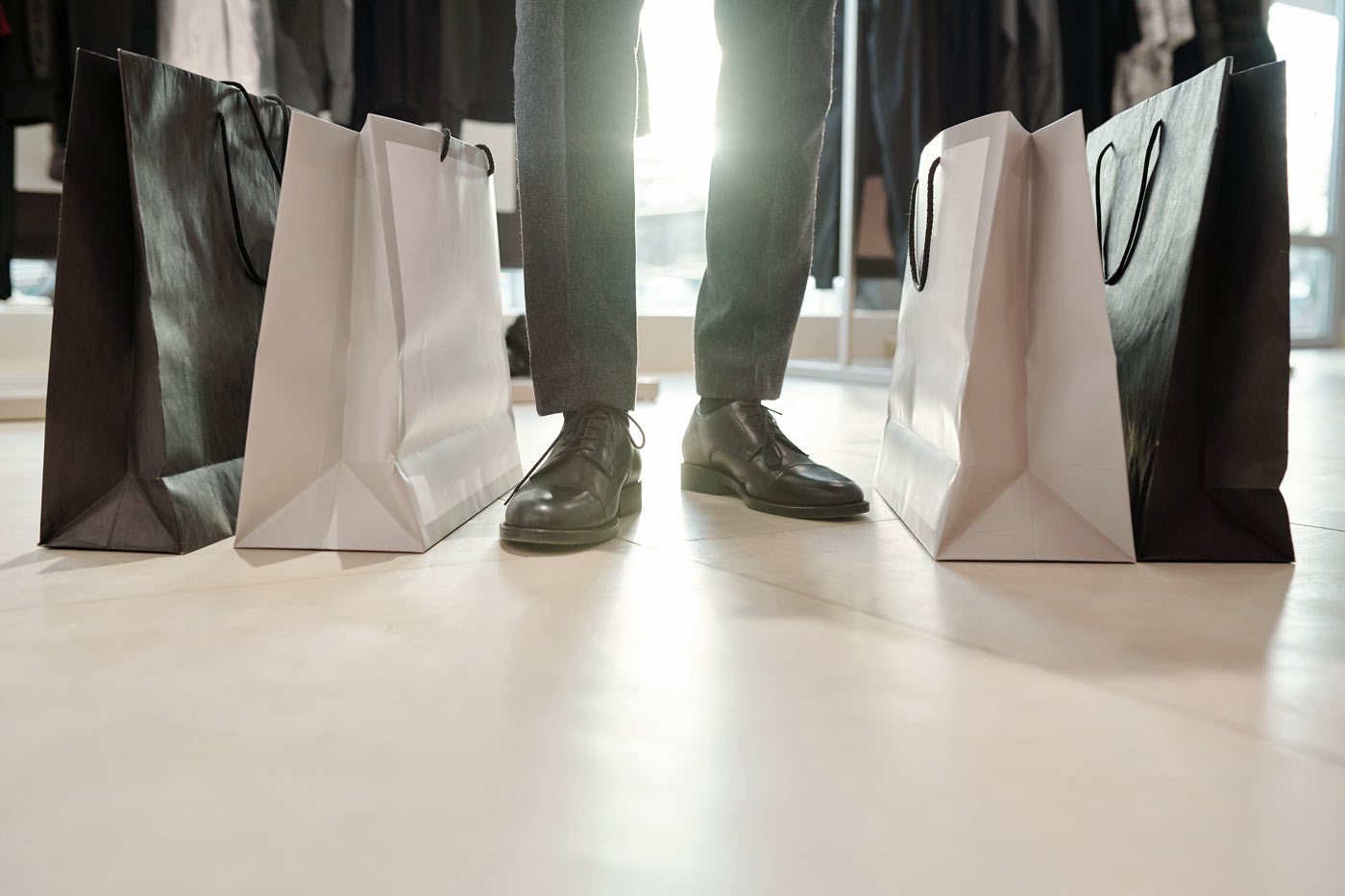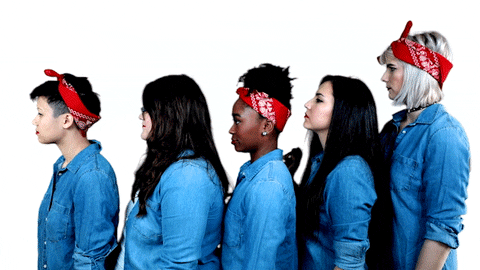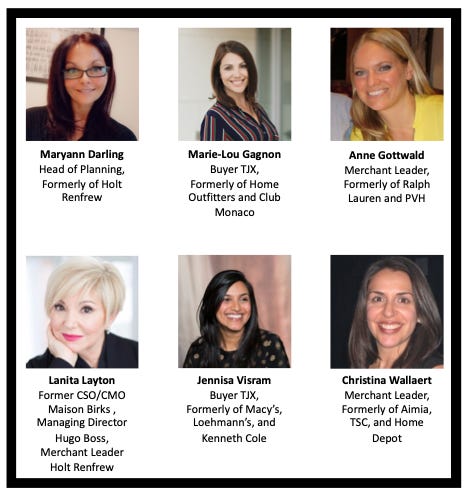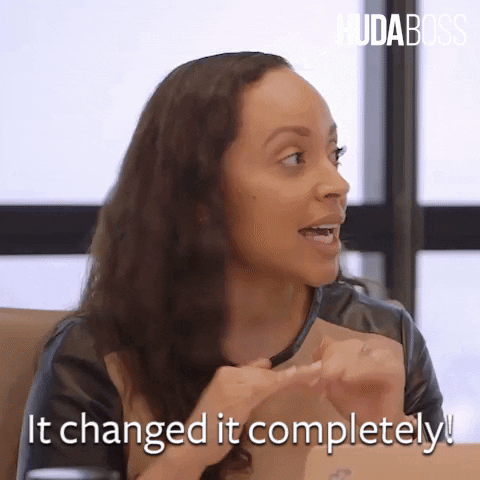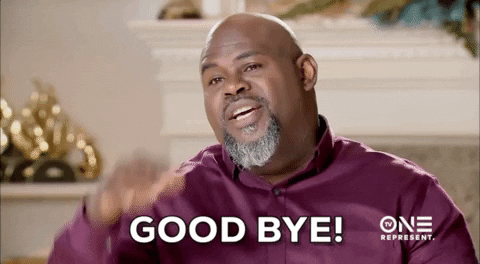Welcome to The Merchant Life, for retailers and retail enthusiasts wanting the insider perspective of all things retail.
Now let’s talk shop.
In this week’s newsletter, we talk all things merchandising with an all female group of merchants and experts.
Merchandising has been changing before my eyes during my 20 years in the retail business. The pandemic served as a pressure cooker and accelerated many of these changes.
This week, we dive into merchandising – discussing where it was, where it is now and where it is heading.
What Does a Merchant Do?
There are many retail models out there – mass market, off-price, luxury, small local shop, design-led, fast fashion, a department store, or a newly emerged DTC brand.
Retail is a beast and all types of retail needs a merchant.
And as a merchant, your purpose is the same.
Buy, source, develop and assort product for your customer.
Whether you are a Ralph Lauren, Hugo Boss, Nike, Zara vs. a Winners/TKMaxx, Holt Renfrew, or Nordstrom – you are looking to give your customer the best product range so that you can keep them shopping and engaged.
What has changed is the HOW.
The way we buy and assort product has changed; the pandemic poured cement on that deal.
We had no choice – as travel was cancelled, stores were closed, trade shows and vendor showrooms became virtual, the way we bought product had to change.
Virtual showrooms, digital product creation, speed to market and the ability to be more fluid in season is going to disrupt the way we have traditionally bought and assorted product.
The question is, will these new ways of working stick?
Will buying as we know it be forever changed?
Let’s see what merchants had to say.
The (Real) Merchant Life
We spoke to a few buyers and former merchant leaders in our network across all types of retail.
Here’s is our expert panel for this week:
Pre-COVID, we would have been sitting at Soho House having this conversation but here is a digital rundown of our Q&A session:
What is the most important thing to consider when buying today?
- Customer behaviour – prioritize your buy based on product/service and filling a consumer need in a digital concept. (Maryann)
- Value. Customers today want to feel like they are getting value for their money. Understanding what your customer is willing to pay for product & what the sweet spot retail is will help make your assortment more exciting. (Marie-Lou)
- Your personal taste will subconsciously affect your buying; don’t add to that with your conscious decisions. It’s about the customer desire, not yours. Know your customer – be curious. Absolutely use analytics, but also speak with clients- explore where they live, eat, play and work. (Lanita)
How do you use technology to make better buying decisions? How do you make buying decisions?
- Working collaboratively with your vendor partners is even more important , as inventory needs to be leaner, less seasonal , more impactful. People will not be looking for “basics”. (Lanita)
- Does social media count as technology? When I was a Buyer for loyalty programs, I often would follow the brands I bought on social media, twitter and Instagram. I wanted to see how they were interacting with people and seeing which products they were focusing on. Their followers and customers were also members of our programs. I also used my social media to see what people I followed were talking about. (Christina)
- Technology provides data-driven insights to enable Buyers to drive in-season business adeptly while making future strategic decisions. Buying is such an exciting field because it marries the creative and analytical. (Anne)
We want to buy the best product, give customers newness, engage them and understand what they want before they know they want it. We can do that with customer data and predictive analytics. Technology can give us these insights.
Technology can also help take the manual tasks away with machine learning and AI. Use this technology to help determine things like quantities, forecasting, trends, etc. and remove the manual work that comes with being a buyer.
Specifically, how has the pandemic changed the way you plan and buy assortments?
- Closer, smarter, and more liquid. The pandemic has allowed merchants to be more risk taking. Sometimes we are crippled by what we did rather than inspired by what we can do. (Jennisa)
- Sustainable products are more than buzzword, a responsible retailer ensures that their products do not have a negative impact on the environment. (Maryann)
- It has made historical data difficult to look at, with months of closures followed by pent up demand. It has also changed customer demands, directly impacting your assortment. (Marie-Lou)
- Working collaboratively with your vendor partners is even more important , as inventory needs to be leaner, less seasonal , more impactful. People will not be looking for “basics”. (Lanita)
- Buying has become more short term focused and staying agile with inventory is crucial. Maintaining relationships and partnering with vendors and factories to stay nimble based on the needs of the business is key to navigating the current uncertain climate and planning for the future. Less is more when it comes to the breadth of the product offer. (Anne)
Transparency, the ability to track and trace and understand where and how the product we buy is made and what conditions it was made in is important. Supporting sustainability and responsible retail initiatives are top of mind for our community and leaders, so it should translate into how we buy and make products for our customers.
How does ‘good’ buying impact the organization?
- Increased cash flow with little to no aged inventory, increased profits and efficient expenses. (Maryann)
- Good buying impacts the organization in a massive way! When product is bought right, with healthy margins & retailed well to sell, you get lower markdowns and higher profitability. The buy is everything! (Marie-Lou)
- “Good” Buying is better for the organization’s revenue. Buying well means less inventory sitting in a warehouse tying up money and better cash flow because product is turning over. It also means having to do fewer markdowns which would keep margins higher. (Christina)
How do you think the Future of Retail will impact your role?
- As buyers, we have to be sharper than ever, more informed than ever, and keep our eye on the competitive landscape. Bricks + Mortar is not dead, the lineups around the block in a pandemic are proof that people still love an in-store experience as long as the in-store experience is exciting. We have to do a better job of keeping current and informed, and we must understand our customer more than ever. (Marie-Lou)
- The future of retail is my role – it’s the digitization of assortment planning and maximization of efficiencies. Whether it’s the future of work, store, customer, or role – the customer is evolving from customization to transparency. (Jennisa)
- As long as there are brands there will always be a need for great Merchants who have intuition, instinct, and know how to curate product, great marketers with strong business acumen. (Anne)
How has buying changed since you started?
- Analytics are crucial and the ability to flex – much easier if the new technology is utilized. (Lanita)
- When I started 20 years ago online wasn’t a thing, there certainly wasn’t a shopping component. That has been transformative to the retail landscape for sure. It also wasn’t so easy then to buy from artisans around the world. Buyers had to travel to the big European shows directly to be able to buy desirable goods. Now buyers can buy direct from artisans + factories much more easily with technology. I can literally have a showroom visit with a factory virtually! (Marie-Lou)
- The fundamentals of buying have stayed the same, but the technological advances have brought new systems and tools. Social media has disrupted traditional methods of marketing and advertising, now everyone can have a voice and self-promote online. E-commerce has exploded and there is renewed focus on right sizing the store fleet. There is more focus on brand values and “conscious consumerism” is gaining in importance. (Anne)
One thing is certain, technology has enabled merchants to get closer to the customer and their vendors/suppliers. The pandemic accelerated the use of technology because we didn’t have a choice.
Stopping retail in its tracks and disrupting the industry to rethink and restart the way it has worked in this century was the best thing that could have happened to retail.
How do you see the role of the merchant evolving in the next 5 years?
- The role of the merchant is an ever evolving role – merchants are the lifeblood of any organization and so it is imperative that they be the leaders in driving and adopting change. Conscientious consumption will become an increasingly important standard, and how and where we show up for our customers will foreshadow our future. If we do not evolve our assortments, embrace technology, push innovation, and champion change, we will not be part of the future of fashion. (Jennisa)
- The merchant role will shift to a holistic approach from product assortment and offering to fulfilment, data analytics, artificial intelligence in mind with a full service, work share environment that may also include potential collaborations to bring more interest to the brand/industry. (Maryann)
- I see the role evolving with more use of technology. The pandemic has shown that a lot of buyer travel was unnecessary, and that companies can significantly lower expenses by doing some ‘virtual’ buying (not all!) with trusted vendors. I see more and more online buying jobs vs. corporate ones. (Marie-Lou)
Here’s a little more from Lanita:
Buyers must have “thick skins”… if you sold out you didn’t buy enough, and if you’re marking down you bought too much. It’s a business, don’t take it personally! This applies to any business but even “pre-covid “ it was about “pivoting”. FLEXIBILITY IS AN ASSET.
Flexibility gives you the leverage to adjust and be fluid, especially closer to market or even in season.
Imagine if we were able to move our open to buy into athleisure instead of suiting 12 months ago? Would that have kept us from cancelling orders or permanently closing doors?
Perhaps.
After hearing what my colleagues had to say, it is clear that things have changed.
The (new) Merchant will innovate, break traditional ways of working, embrace technology, and use data in a way it’s never been used before.
RSG Insights – My Merchant Life
Working in merchandising for almost 20 years, I learned a few valuable lessons on how to be successful in the role and drive results for the organization.
1) Get on the Shop Floor. Partner with the Sales Teams.
This is where the action happens. Serve the customers, help them with styling and show them your vision, get them connected to why you made the buying decisions you did. Listen and learn from them – what works, what doesn’t work and why.
2) Collaborate with Cross-functional Teams.
Whether you spend a day at the DC unpacking/packing orders, sit with your customer service teams to get a better understanding of complaints and pain points, or spend time in stores with your visual merchandising teams, partnering with cross-functional teams will allow you to gain trust across your organization.
That trust will help you build your relationship with partners, get them to “buy” into your buys, and involve them in creating your product story. It’s a win win.
3) Partner with Vendors.
When you build a relationship with your vendors, they will be your partners for life. Whether you are changing the way you test and fit product, evolve your buying decisions to include sustainable metrics, or infuse digitization into the way you work, getting your vendors on board will get you results.
Give them ownership and autonomy of part of the product creation lifecycle – get them to truly partner with you so they have skin in the game. Your relationship with them will help you get to market faster, reducing back and forth for approvals and trusting them with decisions gives you time to work on other things. They are experts in their fields so allow them to work their magic – with you.
Product alone will not get you customers.
Your knowledge of the retail landscape, your customer obsession, your flexibility, and the story you tell that engages your customers will keep them.

